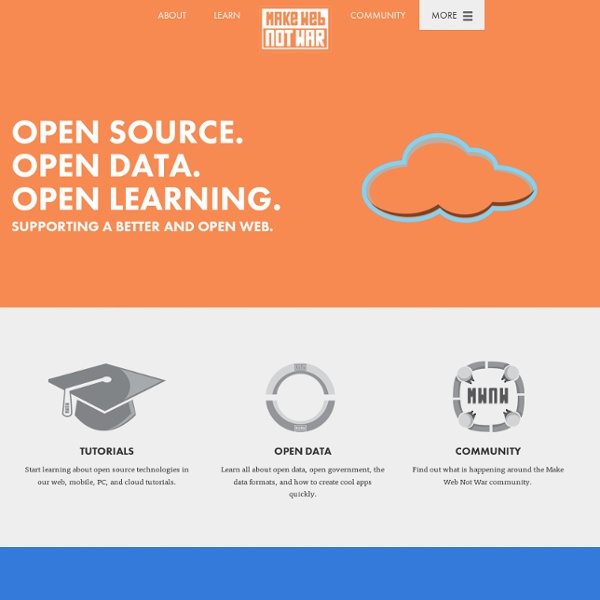Make Web Not War - 2010 Edition

Yulbiz Montréal
Montreal NewTech Meetup Group
PodCamp Montréal • l'Anticonférence sur les nouveaux médias de M
Journée Mondiale des Médias Sociaux – Mashable Meetup | w.illi.a
Update ici : Aujourd’hui, Mashable à sorti la grande nouvelle pour nous passionnés des médias sociaux: La Journée des Médias Sociaux En effet, étant donné que tout le monde sur cette planète s’est créé sa propre journée Mashable, notre guide spirituel, a justement eu l’idée de créer la nôtre. Alors oui nous supportons la chose pleinement en organisant la première célébration de la chose et nous vous y attendons tous en bleu!! Et bien sûr, nous en profiterons pour faire un mass checking dans Foursquare. www.meetup.com/Mashable/7536/ Voici le message d’invitation et toutes les informations relatives. Bonjour à tous! En cet honneur, nous invitons tous les passionnés des médias sociaux à se rassembler à 20 h 30 au centre de la Place des festivals du Quartier des spectacles (où il y a les jets d’eau). Date : 30 juin, 2010 Heure : 20 h 30 Lieu : Place des festivals (Quartier des spectacles)Portez du bleu!
Accessibilité Montréal 2010
Related:
Related:



